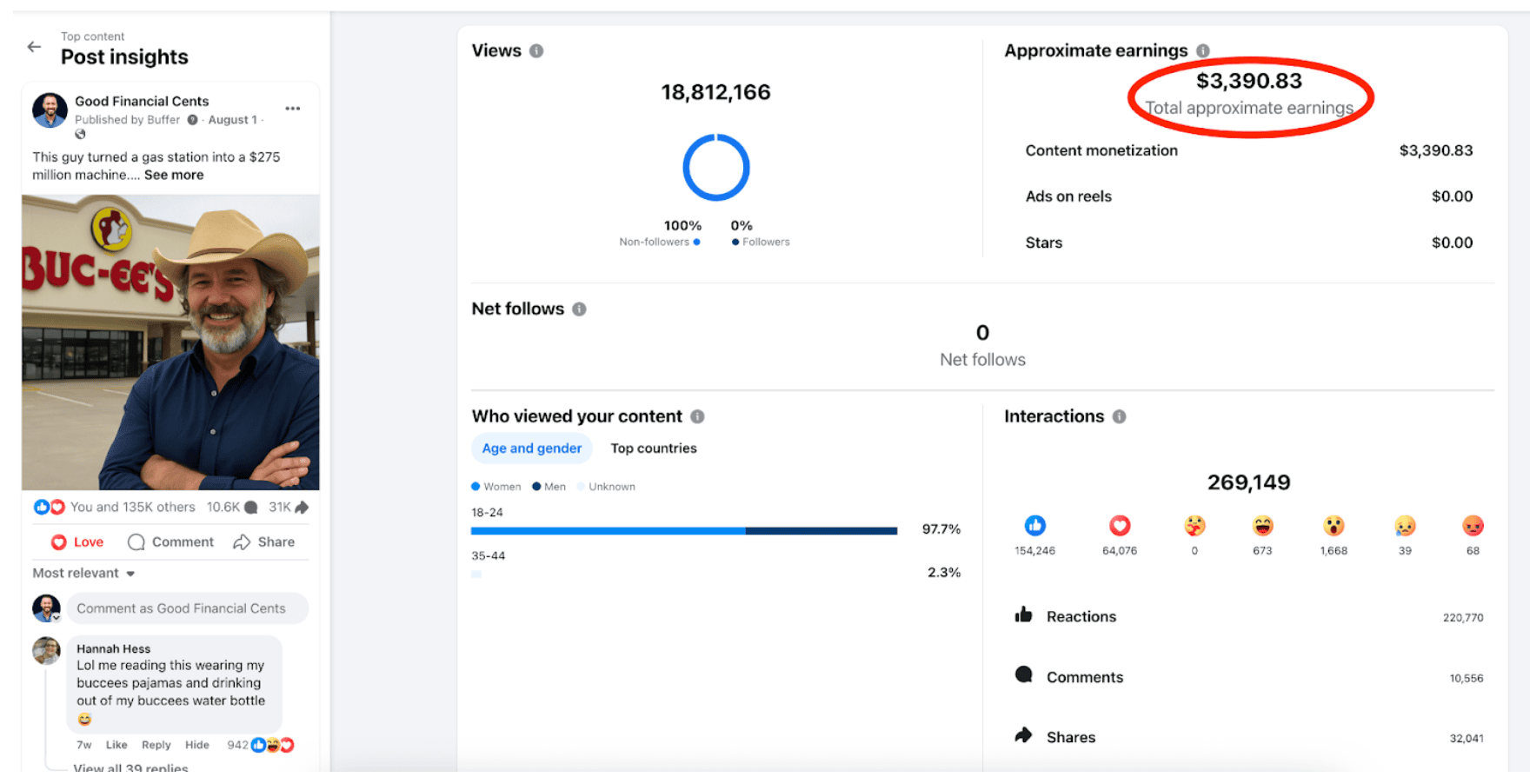If you’re just starting your investment journey, one concept you’ll hear frequently is risk tolerance. Before you invest a single euro, it’s worth taking a step back and asking yourself how comfortable you are with risk.
In this third article of our Beginner Investor Blog Series, we’ll break down what risk tolerance means, how to figure out yours and share simple tips to help you use it to make smarter, more efficient investment decisions.
Missed the previous Beginner Investor Blog Series? Read it here:
What Is Risk Tolerance?
Risk tolerance refers to the level of uncertainty and potential loss you’re comfortable with when it comes to your investments, especially during market downturns.
Imagine this: you invest €10,000, and a few months later, it drops to €8,500. Do you panic and sell? Feel anxious, but hang in there? Or maybe see it as a chance to buy more while prices are low? How you react says a lot about your risk tolerance.
It’s a mix of your emotional comfort with market ups and downs, your financial situation (such as what you can afford to lose), and your time horizon, which is how long you plan to leave the money invested.
Everyone’s different. What feels like a significant risk to one person might feel manageable to someone else.
What Affects Your Risk Tolerance?
Your risk tolerance is usually shaped by:
Your Age
Younger investors often take more risk because they have time to recover from market drops.
A large European study across six countries, including the UK, France, Germany, and Spain, found that people tend to take less investment risk as they get older, especially after age 45.
Another survey showed that 38% of millennials (born between 1981 and 1996) were putting their money into riskier investments, compared to just 24% of baby boomers (born between 1946 and 1964). This supports the idea that younger investors are generally more willing to take risks than older generations.
However, a study by Trinity College Dublin found that age alone isn’t a clear predictor of financial risk tolerance in Ireland. While factors such as gender and education showed a stronger link to the amount of risk someone is willing to take, age didn’t have the same influence. This suggests that other things, like your financial goals, past investment experience, and confidence with money, play a bigger role in shaping your attitude towards risk.
Your Gender
Whether you’re male or female can influence how likely you are to invest. A recent survey by the Banking & Payments Federation Ireland (BPFI) found that 44% of men in Ireland have investments, compared to just 26% of women (not including pensions or their home). This shows that men are more likely to invest, while many women may be missing out. The gap could be due to confidence, lack of information, or simply not knowing where to start. With the right support and advice, more women could feel comfortable taking that first step into investing.
Your Income and Assets
Your financial situation plays a significant role in how much risk you can take. If you have a steady income, some savings set aside, and little or no debt, you’re in a stronger position to handle the ups and downs of investing. This kind of financial security can make you feel more comfortable taking on risk, because you know your basic needs are covered. On the other hand, if money is tight or you’re relying on your investments for short-term goals, it might make more sense to play it safe.
Your Investment Goals
What you’re investing in can significantly impact how much risk makes sense for you. If your goal is long-term, such as saving for retirement in 20 or 30 years, you can usually afford to take on more risk; your investments have time to recover from any short-term dips.
However, if your goal is short-term, like saving for a house deposit in the next couple of years, it’s better to stick with safer options. That way, your money is there when you need it, without worrying about market ups and downs.
Your Experience and Knowledge
How much you know about investing can also shape how much risk you’re comfortable with. If you’re new to investing, it’s perfectly normal to feel cautious and prefer safer options initially. You might want to ease in slowly, learn how the markets work, and build your confidence over time.
On the other hand, if you’ve been investing for a while and understand how markets rise and fall, you might feel more at ease taking on a bit more risk. The more experience and knowledge you gain, the more comfortable you may become with making informed investment decisions.
Publisher: Source link










